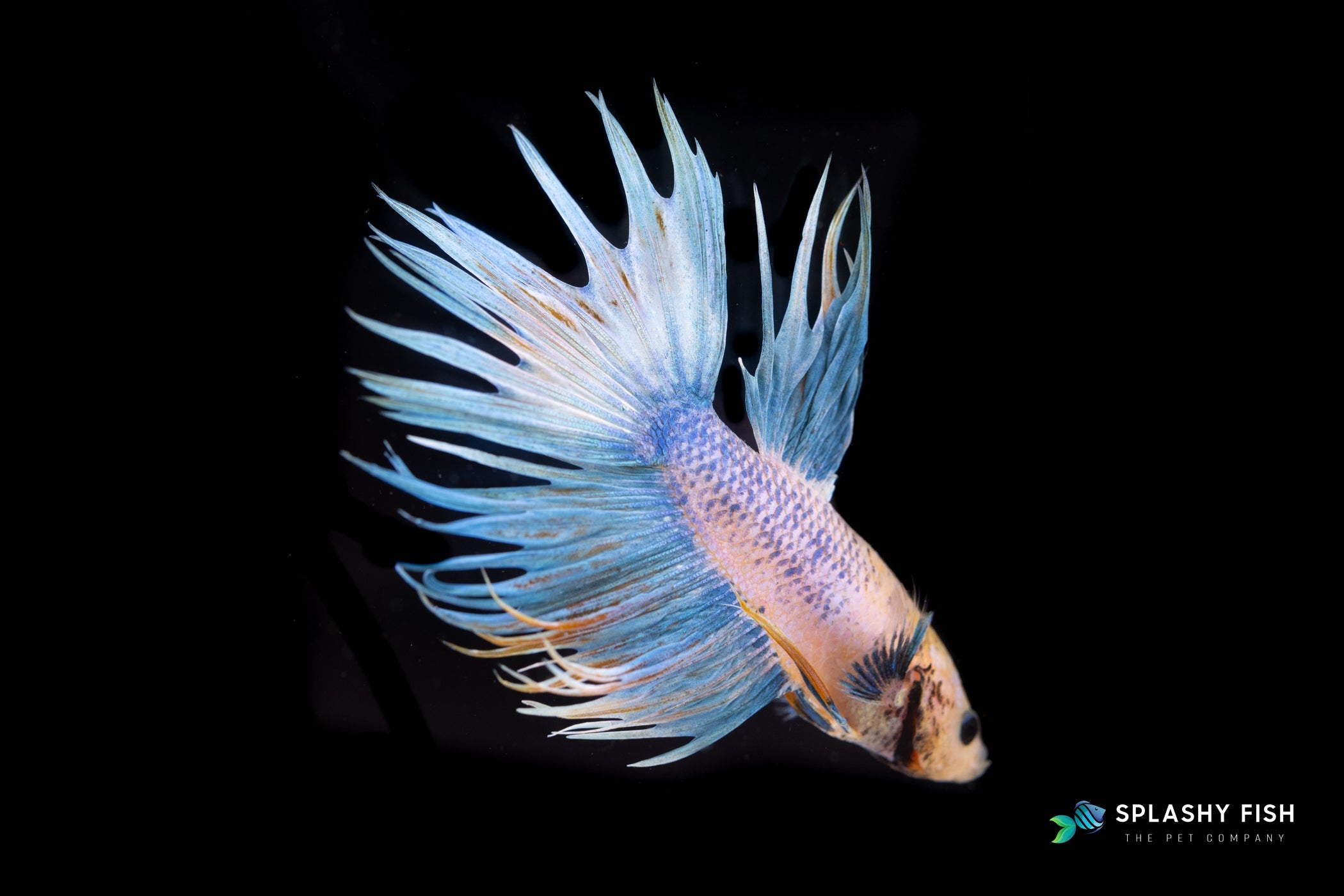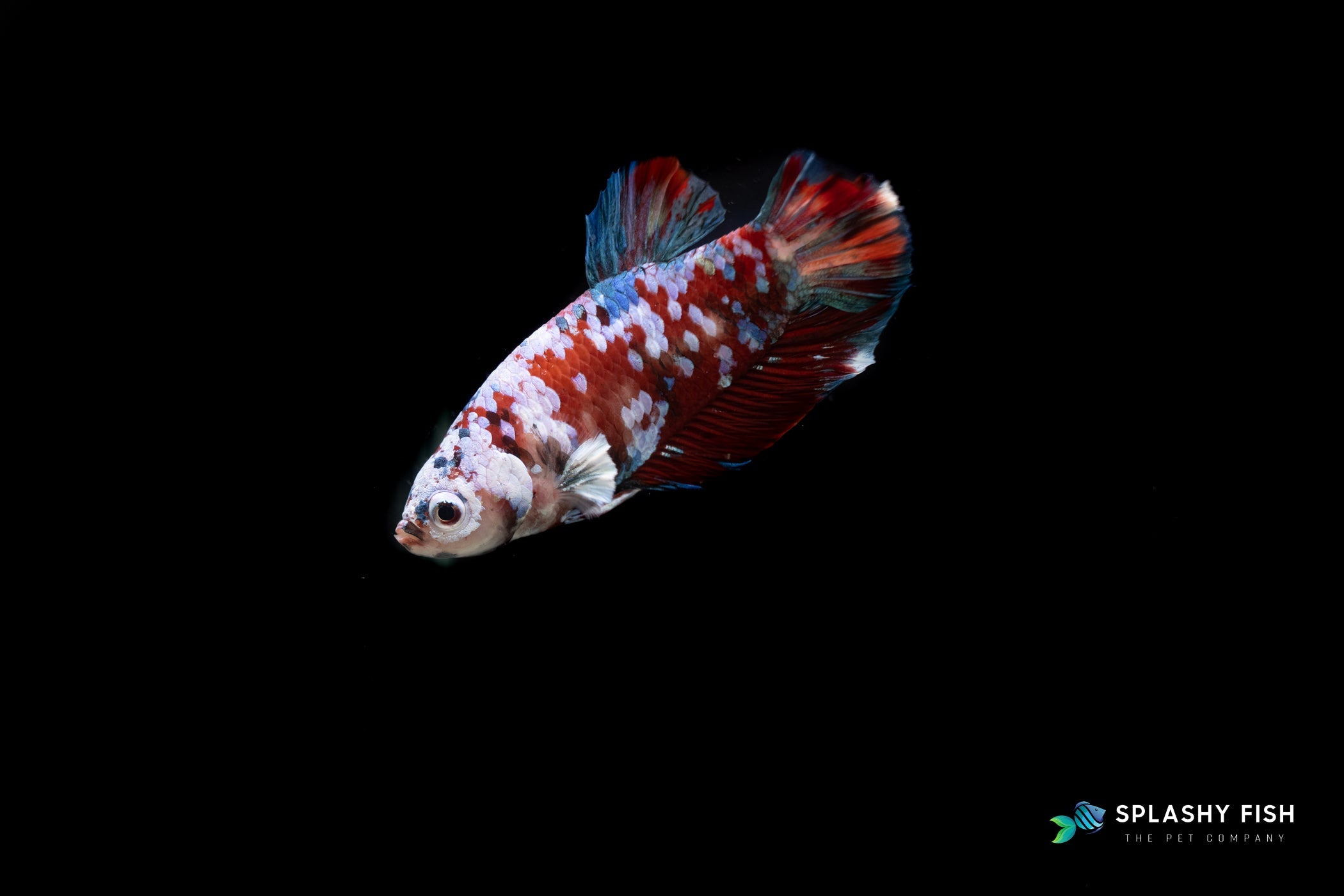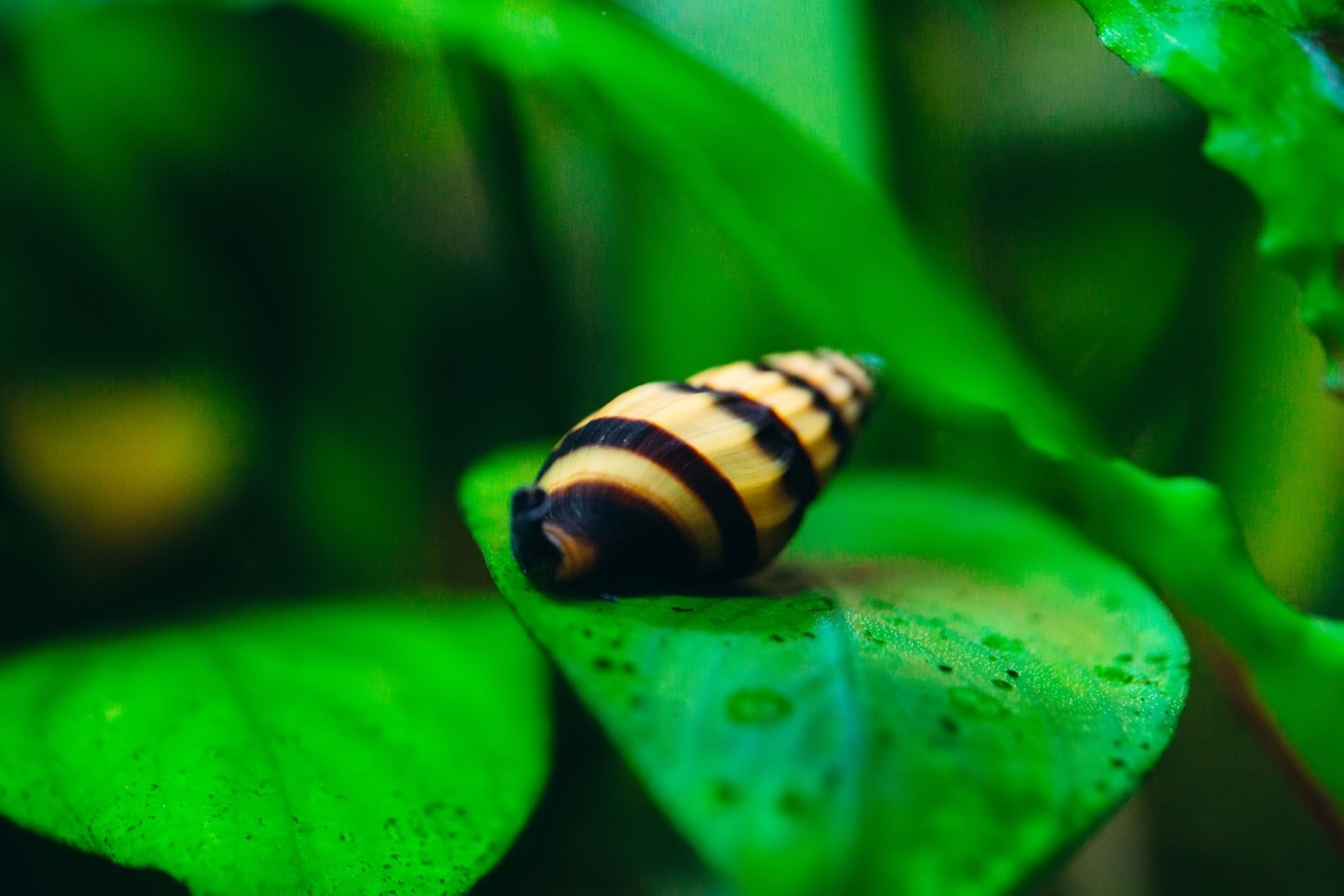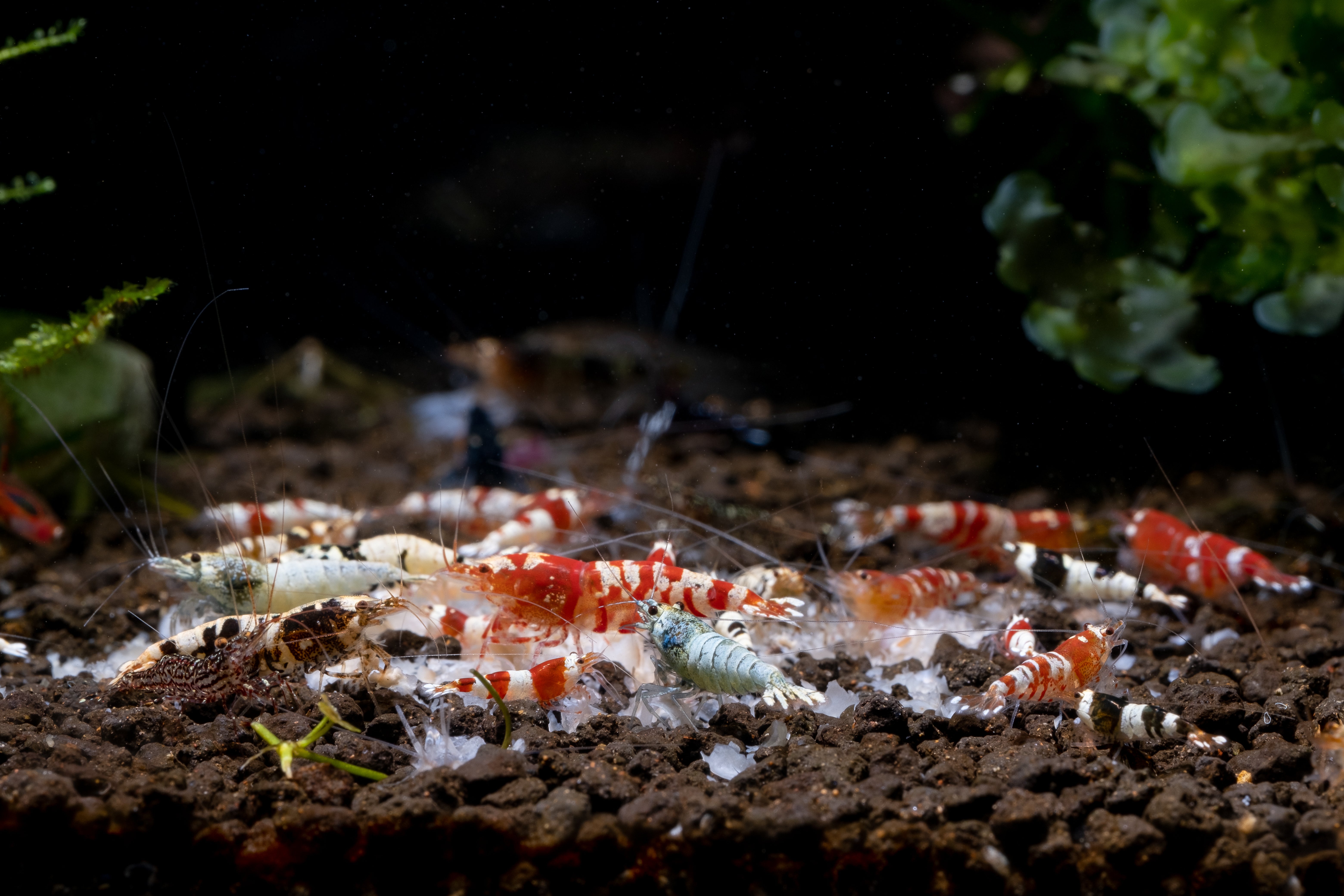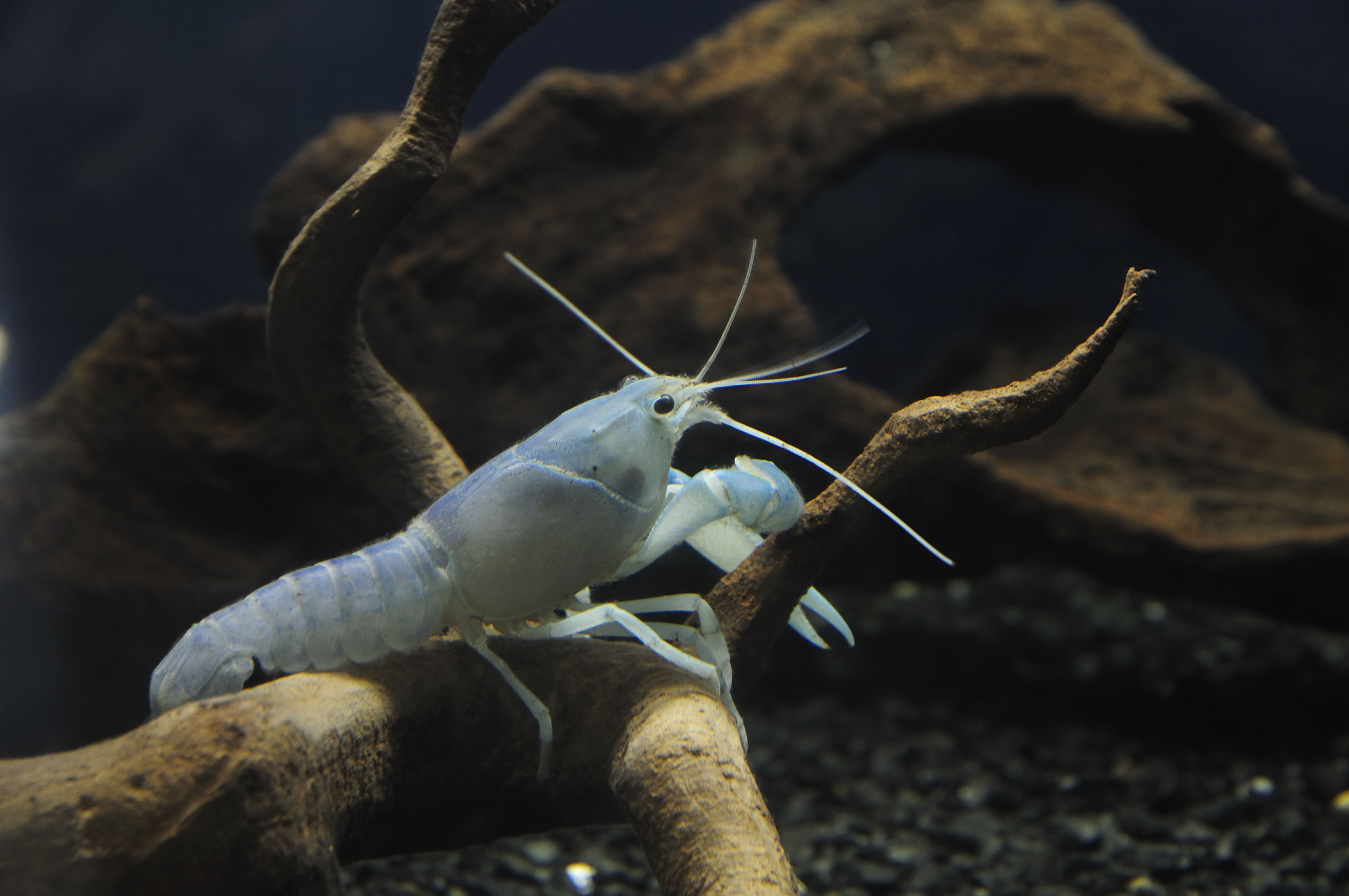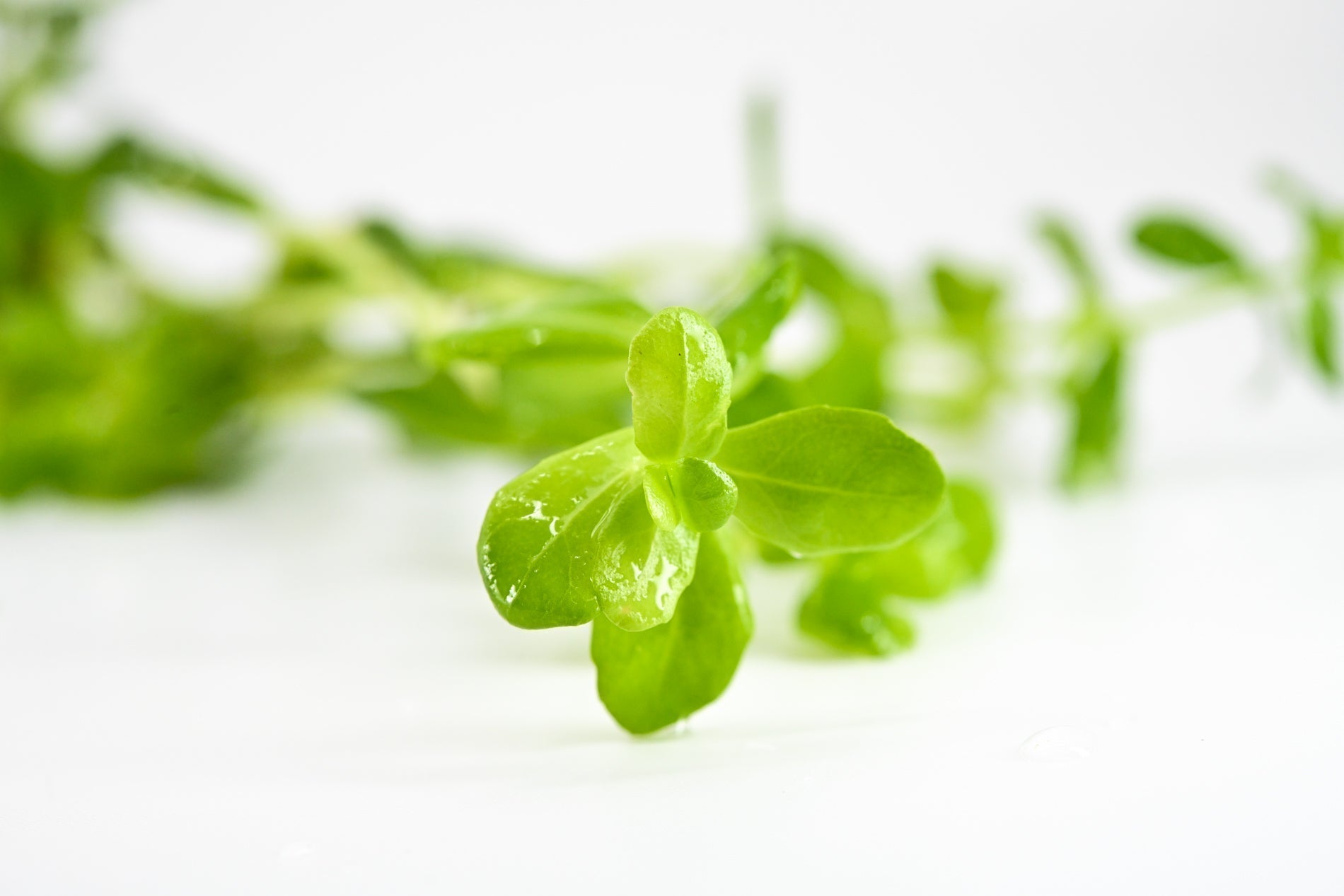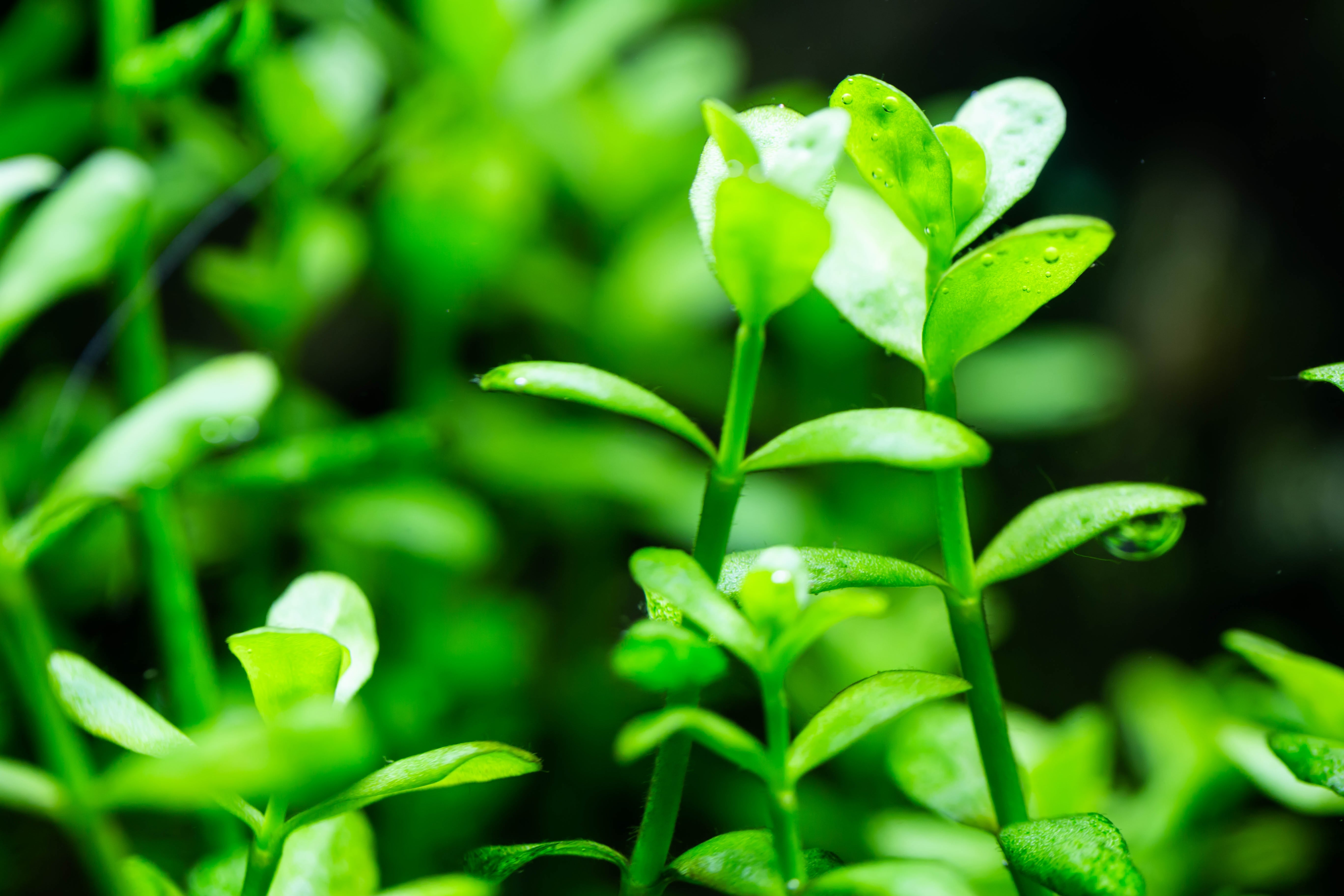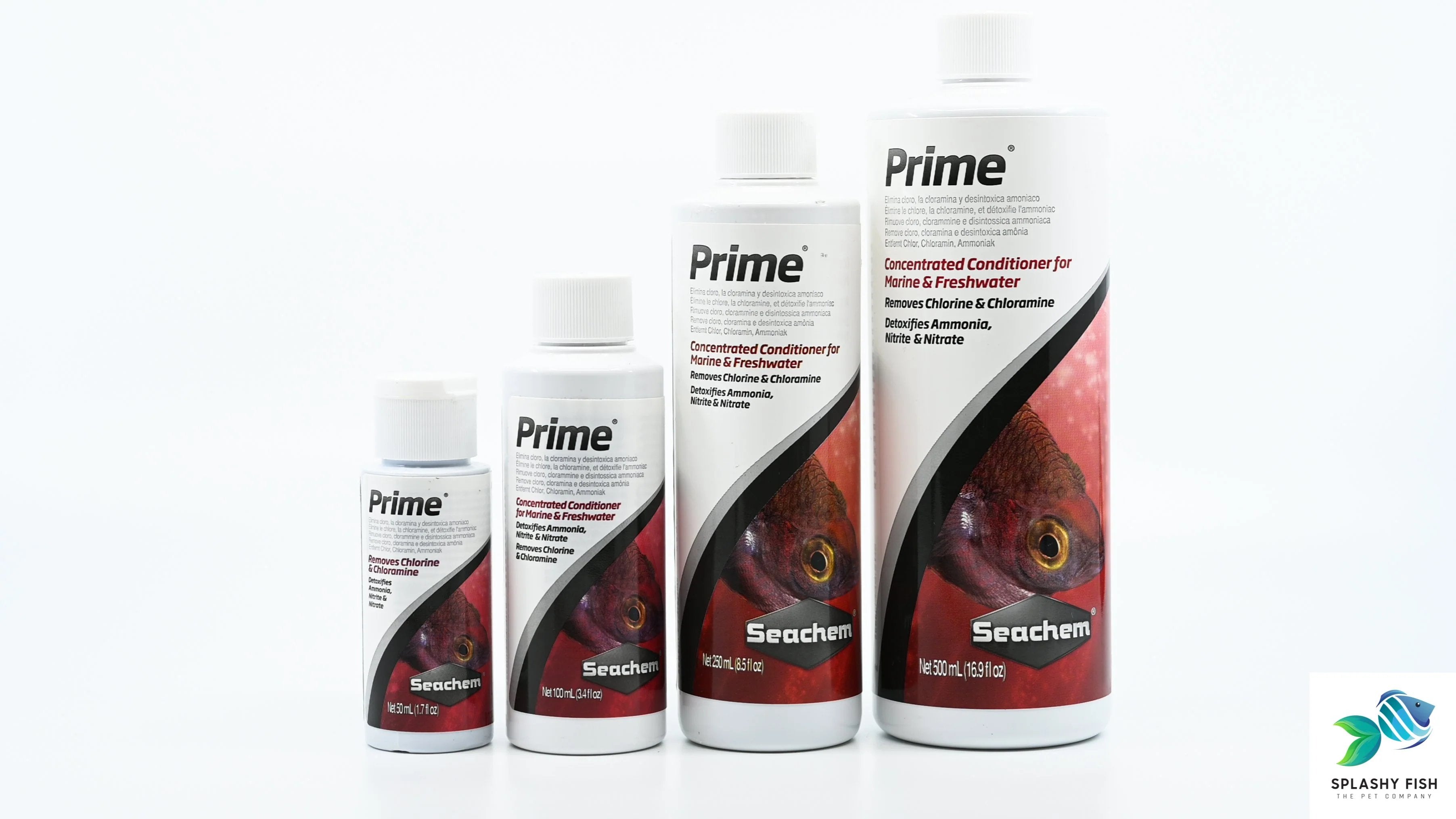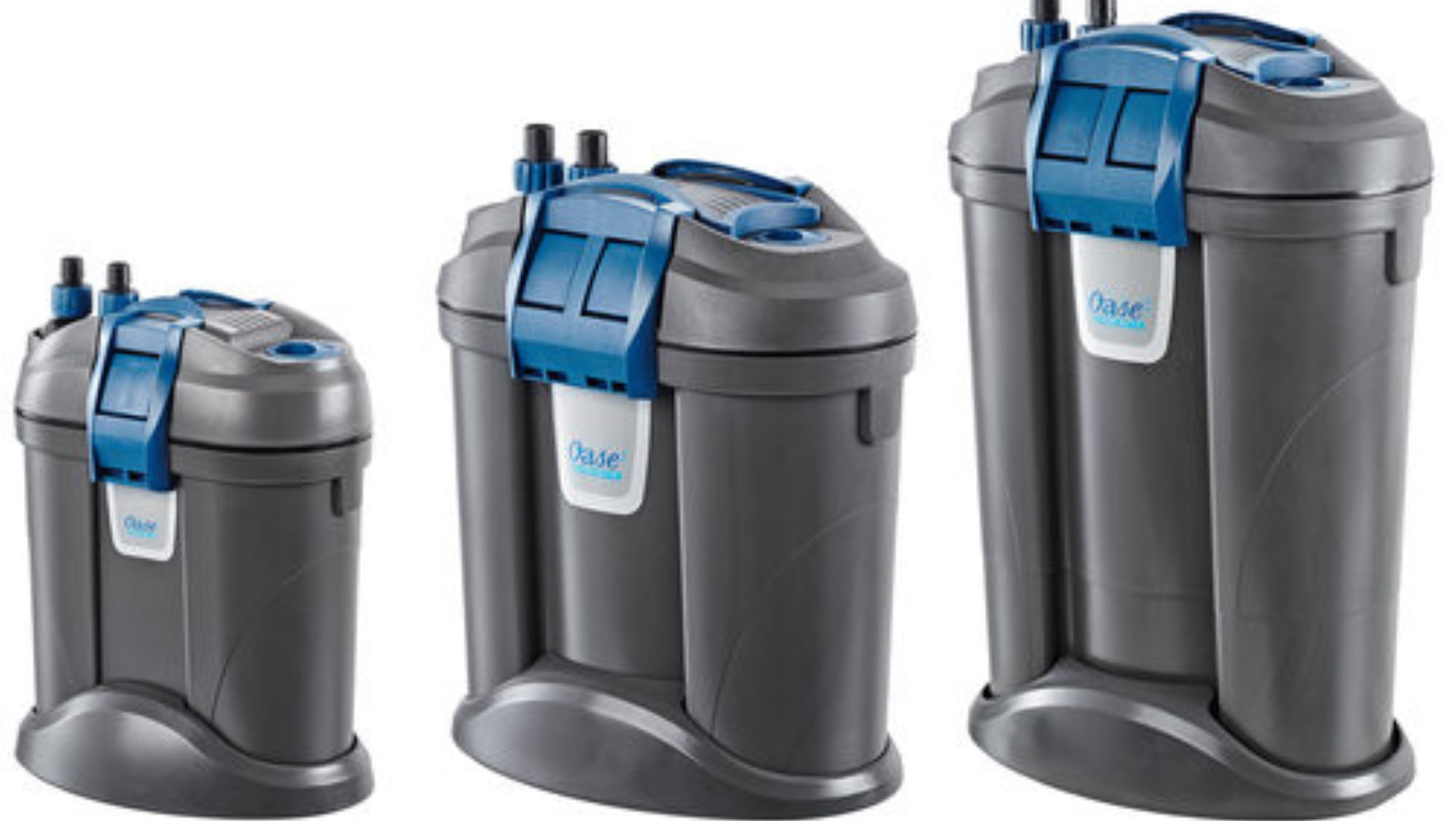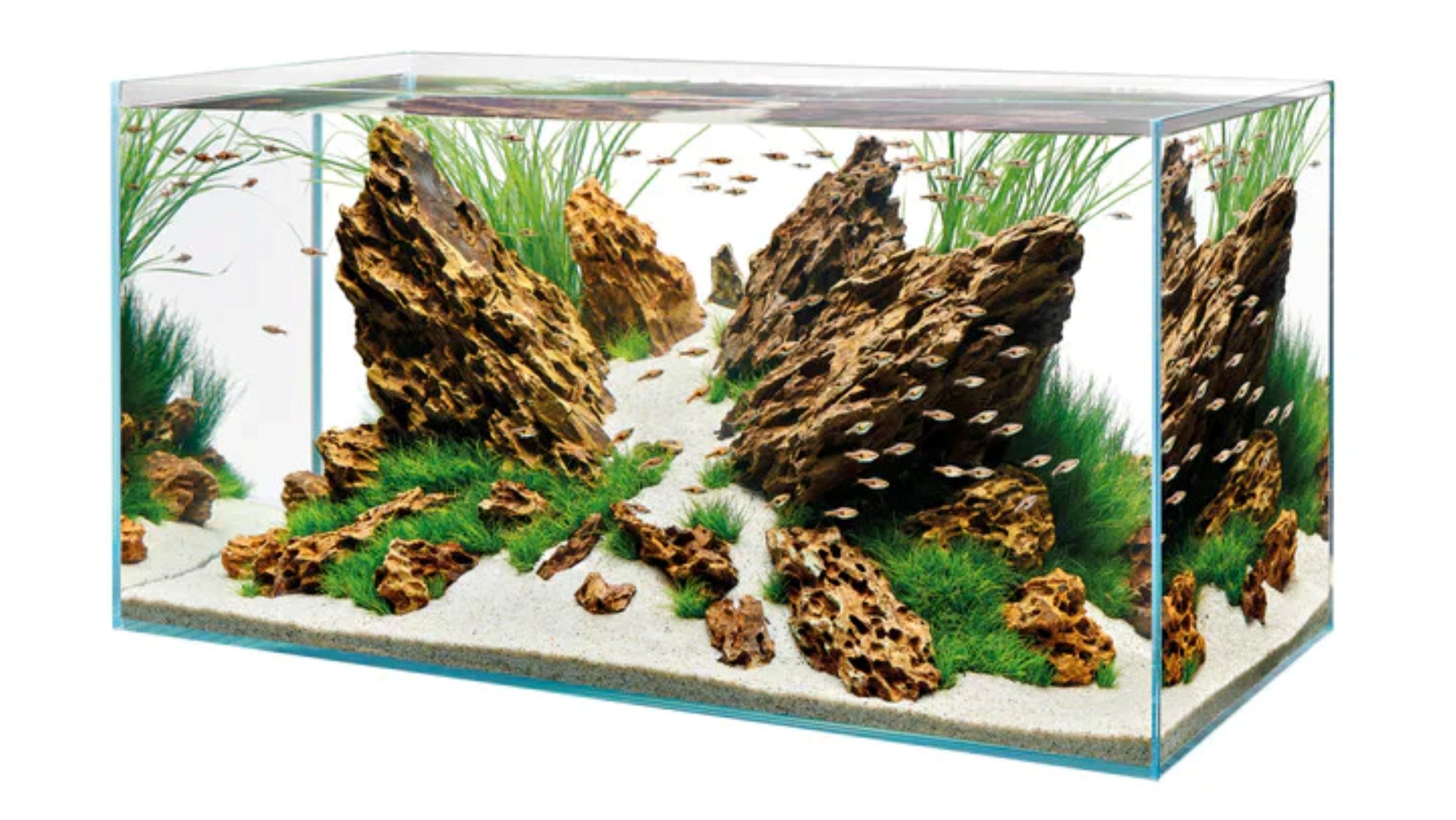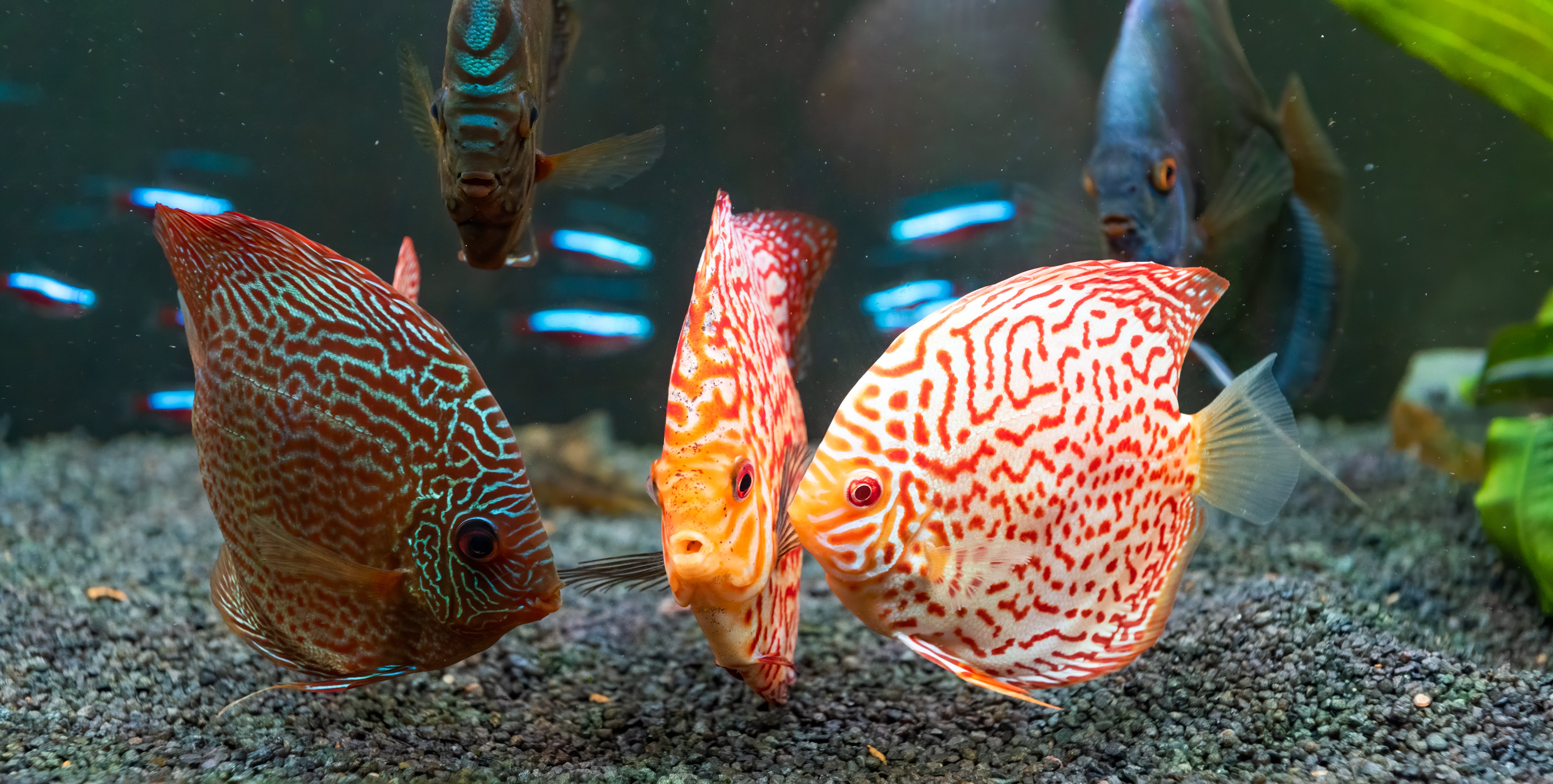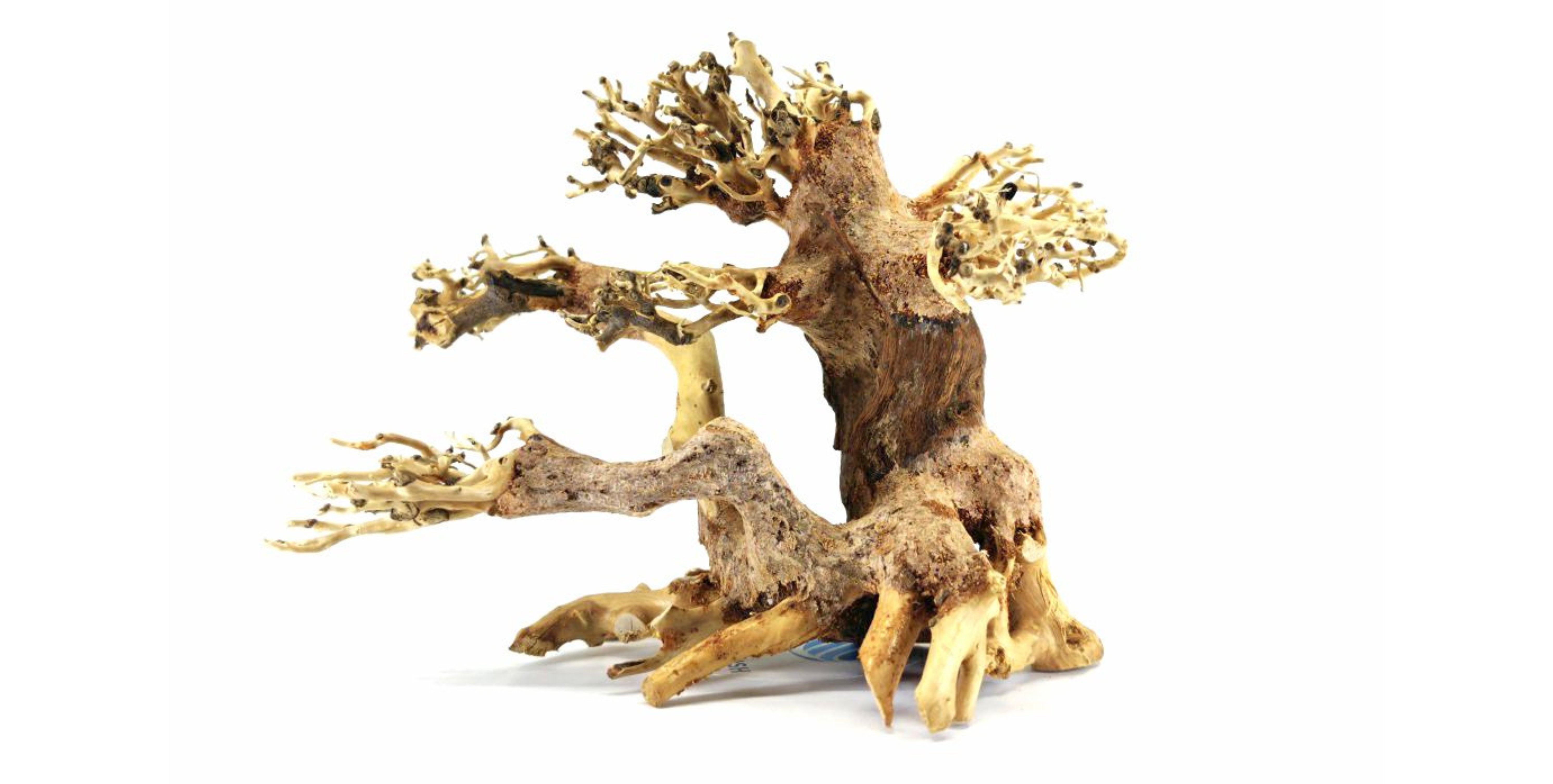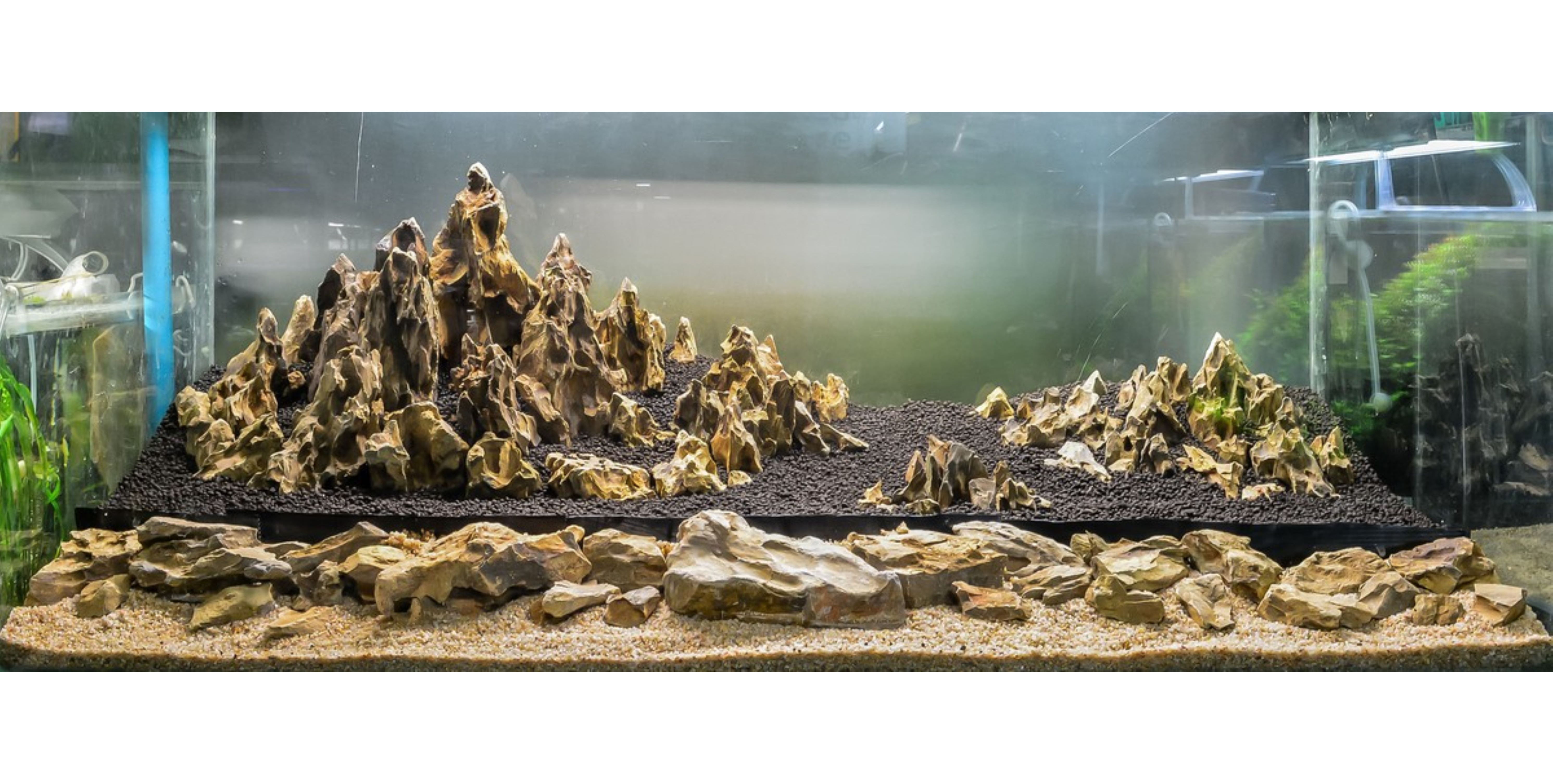Table of Contents
Dreaming of a crystal-clear, plant-rich aquarium, but feel like you’re always scrubbing green fuzz off the glass? You’re not alone. Algae shows up in every tank because it feeds on the same light and nutrients plants do, and it’s faster to adapt. The goal isn’t a sterile, algae-free box (that doesn’t exist), but rather a balanced system where plants get first dibs and algae stays in the background.
Is Algae Actually Bad?
Not inherently. Algae photosynthesize like aquatic plants, producing oxygen during the day and utilizing it at night. Many freshwater fish and invertebrates graze on it, and a thin patina can make the hardscape look more natural. Most aquarists dislike algae when it obscures leaves and glass or smothers slow growers. Think of it like weeds in a lawn: a healthy lawn may still have a few, but they’re managed and rarely noticed.

Why Does Algae Take Over?
Algae thrives when light and nutrients are out of sync. Too much light with too little available nutrition for plants? Algae exploit the surplus photons. Plenty of nutrients but not enough light to drive plant growth? Algae uses the leftovers. Tanks are dynamic, plants grow, get trimmed, livestock load changes, so “perfect balance” is a moving target. The winning strategy is to nudge your tank close to balance and then let algae-eaters help close the gap.
Brown Diatom Algae
Brown, dusty coatings on glass, sand, and ornaments, especially in new setups, are usually diatoms. They’re soft, wipe away easily, and are beloved by Otocinclus, Nerite snails, and Shrimp. Diatoms often bloom when silicates and phosphates are abundant (in fresh substrates or new tap water plumbing) and fade as the tank matures. Keep the filter clean, maintain weekly water changes, and be patient; plants will outcompete them as roots establish and growth accelerates.
Black Beard Algae (BBA)
BBA forms bushy, black, or charcoal tufts on wood, filter outflows, and slow plant edges. It’s stubborn because few animals eat mature clumps. It often flourishes where flow is inconsistent or CO₂/light fluctuates. The fix is methodical: stabilize the photoperiod, avoid big swings in intensity, clean and reposition outflows for even circulation, and keep nutrients steady. To jump-start removal, take affected hardscape out and spot-treat with 3% hydrogen peroxide for five minutes, rinse, and return; the algae typically turns reddish/clear and becomes more palatable to Siamese algae eaters, Florida flagfish, or Amano shrimp. Expect the campaign to take months, not days. The BBA that took half a year to build won’t vanish overnight.
Hair, Thread, and Staghorn Algae
These stringy types behave like wet hair when you pull them out. They bloom under long photoperiods, imbalanced fertilization (often excess iron relative to other macros), or when plant mass can’t keep up with the light. Shorten the light day to 6–8 hours, ensure consistent macronutrients (nitrate and phosphate) so stems don’t stall, and dial back iron until plants resume healthy growth. Manually twist out clumps with a toothbrush, then let Siamese algae eaters, Amano shrimp, Mollies, and Florida flagfish keep regrowth in check. Once plants are truly thriving, hair algae loses its foothold.
Green Spot Algae (GSA)
GSA appears as hard, pea-sized green dots that resist ordinary sponges. It often indicates inadequate phosphate relative to light intensity or simply too much light on slow leaves and glass. On glass, use a razor (for glass tanks) or a plastic card (for acrylic) to scrape it off. Nerite snails excel at grazing fresh GSA spots on hard surfaces. For prevention, modestly increase phosphate within safe ranges while keeping the photoperiod reasonable; dense, even plant growth will shade vulnerable surfaces over time.
Blue-Green “Algae” (Cyanobacteria, BGA)
BGA is a slimy, sheet-like film with a distinctive earthy smell. It’s a bacterium, not a true alga, and flourishes in stagnant zones with excess organics. Improve circulation with an airstone or redirect flow to dead spots, clean filter media, vacuum detritus, and increase partial water changes. Blackouts can knock it back, but they also stress plants. For persistent, tank-wide mats, first remove as much as possible by hand, perform a deep gravel vac, then consider a course of an erythromycin-based aquarium antibiotic exactly as labeled. Let the tank sit for a week before a large water change; a second course may be needed for severe cases. Protect the biofilter by maintaining aeration and monitoring ammonia/nitrite during treatment.
Green Water (Free-Floating Algae)
If your water looks like pea soup, millions of tiny phytoplankton are suspended in the column. They multiply too quickly for water changes to help, and are often triggered by direct sun, a fertilizer overdose, or ammonia spikes in young tanks. Blackouts for a week can work, but set plants back. A UV sterilizer is the cleanest fix: as water passes the UV chamber, the algae are inactivated, and clarity returns within a few days. Once clear, address the trigger, reduce stray sunlight, correct the photoperiod, and manage feeding and fertilization.
Green Dust Algae (GDA)
Green dust algae forms a uniform, powdery green film on the glass (and occasionally on broad, slow leaves). Unlike green spot algae (GSA), which shows up as hard, pin-head dots, GDA is soft, wipes off easily, and then seems to come right back. What’s happening is a boom-and-reset life cycle: when light is steady but plant growth isn’t yet keeping pace, GDA spores settle, spread, and respore if you clean too early. The most reliable fix is to let the colony complete its life cycle first. Hold a consistent 6–8-hour photoperiod, resist cleaning the glass for 10–14 days (up to 21 in stubborn cases), then remove it all at once: scrape thoroughly, perform a large water change, siphon detritus, and rinse filter media in old tank water.

Balancing Light and Nutrients (The Real Secret)
It’s tempting to slash both light and fertilizer at the first hint of algae, but that can starve plants and make the problem chronic. Anchor your routine with a timer set to a consistent 6–8 hours in developing tanks (growing to 8–10 hours as plant mass increases). Feed plants predictably with a comprehensive all-in-one liquid fertilizer and root tabs for heavy root feeders; then give each adjustment 2–3 weeks before judging results. Plants are slow to respond, and frequent, drastic changes only reward algae.
As you move closer to balance, build an algae-eating crew matched to your aquarium: Nerites for glass and rocks, Amano shrimp for films and hair, Otocinclus for diatoms and green dust, and Siamese algae eaters or Florida flagfish for tougher strands. Stock thoughtfully and maintain good oxygenation so these helpers can work comfortably.
A Simple Playbook for Lasting Control
Start with cleanliness: wipe panes, prune dying leaves, siphon detritus, and rinse filter media in tank water. Standardize the photoperiod and even out the flow so there are no stagnant pockets. Feed plants on a routine; they are the best “algae treatment” you have. Then deploy targeted tactics by algae type: patience and cleanup crews for diatoms, stability and spot-treats for BBA, shorter days and balanced macros for hair algae, scraping and phosphate tuning for GSA, circulation and (if necessary) antibiotics for BGA, and UV for green water. Perfect tanks don’t exist, but well-managed ones look that way.
Ready to put algae back in its place? Explore Splashy Fish’s lineup of algae-eaters, fertilizers, root tabs, and aquarium lighting, and give your plants everything they need to outcompete the green stuff.
Algae Frequently Asked Questions (FAQs)
Does Green Algae Mean My Tank Is Healthy?
A little green algae in your aquarium is completely normal and can even signal a stable ecosystem. Many fish, snails, and shrimp naturally graze on algae, making it a useful food source. However, if your tank turns noticeably green or algae grows rapidly on glass, plants, or decorations, it usually means there’s too much light or excess nutrients in the water. While light algae growth is healthy, heavy blooms can block light from reaching plants and reduce water clarity. Keeping algae in check with balanced feeding, proper lighting, and regular water changes is key.
How to Get Rid of Algae Without Killing Plants?
To control algae without harming live plants, focus on creating balance in your tank. Perform regular water changes to reduce excess nutrients that feed algae. Avoid overfeeding fish, as leftover food increases waste. Use a quality liquid fertilizer to strengthen aquatic plants. Healthy plants outcompete algae for light and nutrients. Limit lighting to 8–10 hours daily and keep the tank out of direct sunlight. For natural help, add algae eaters like Amano shrimp, Nerite snails, or Otocinclus catfish, which clean algae without disturbing plants. Consistent care keeps algae under control while plants thrive.
Does Overfeeding Cause Algae?
Yes, overfeeding is one of the most common causes of algae growth in aquariums. When fish food isn’t eaten, it breaks down into waste, raising phosphate and nitrate levels, two nutrients algae thrive on. This creates the perfect conditions for nuisance algae blooms. Overfeeding can also cloud the water, stress fish, and pollute the tank. To avoid this, feed small portions that your fish can finish in 2–3 minutes and remove leftovers. Pairing controlled feeding with regular water changes helps keep nutrient levels balanced and algae growth under control.




